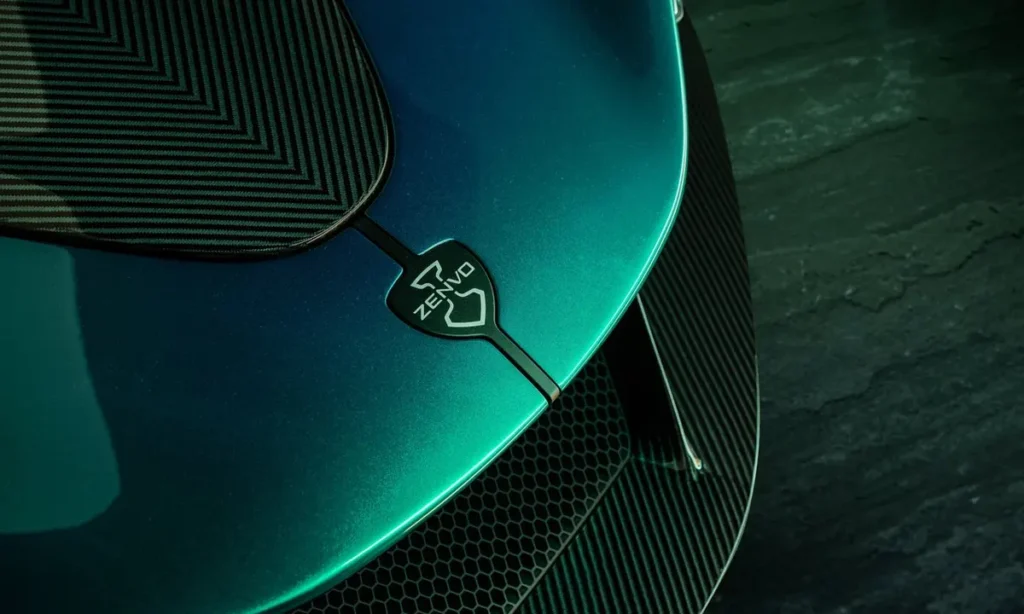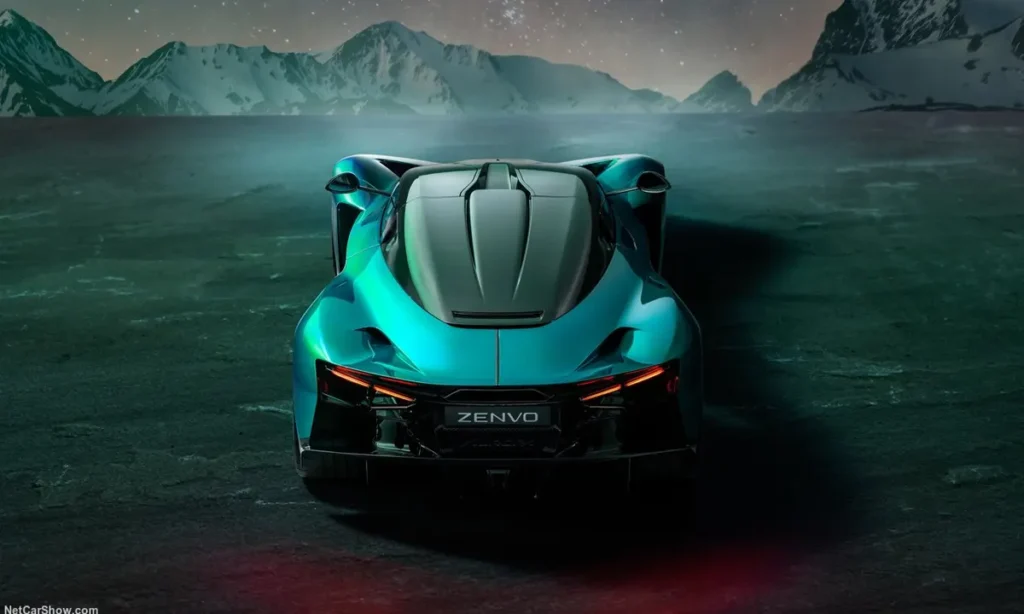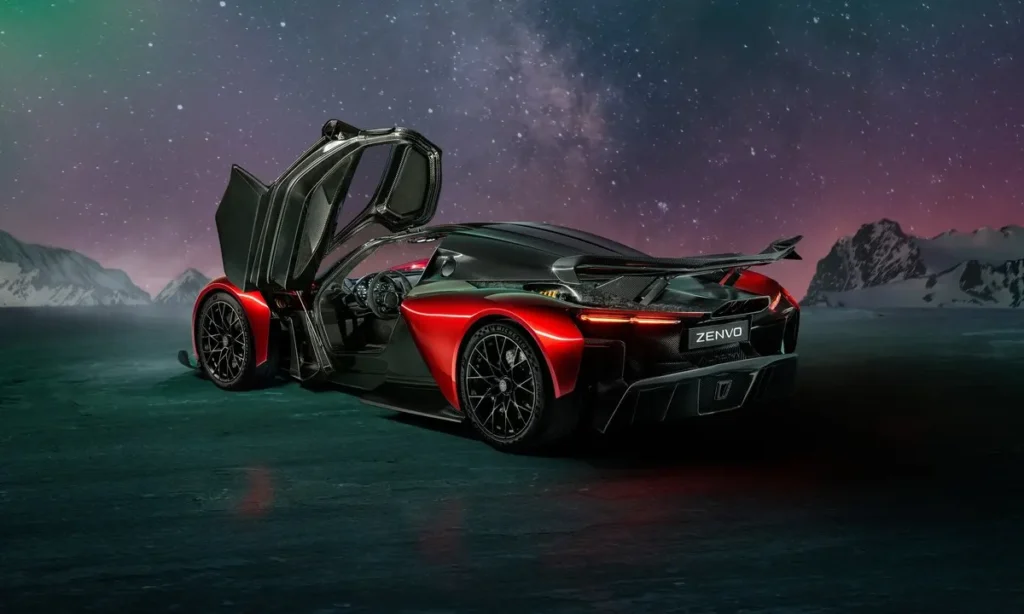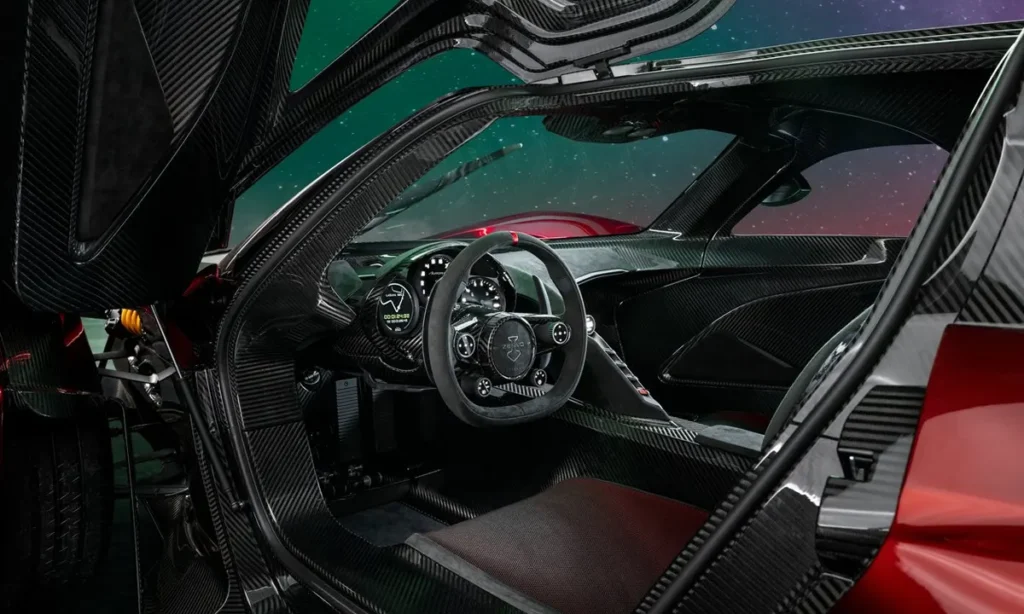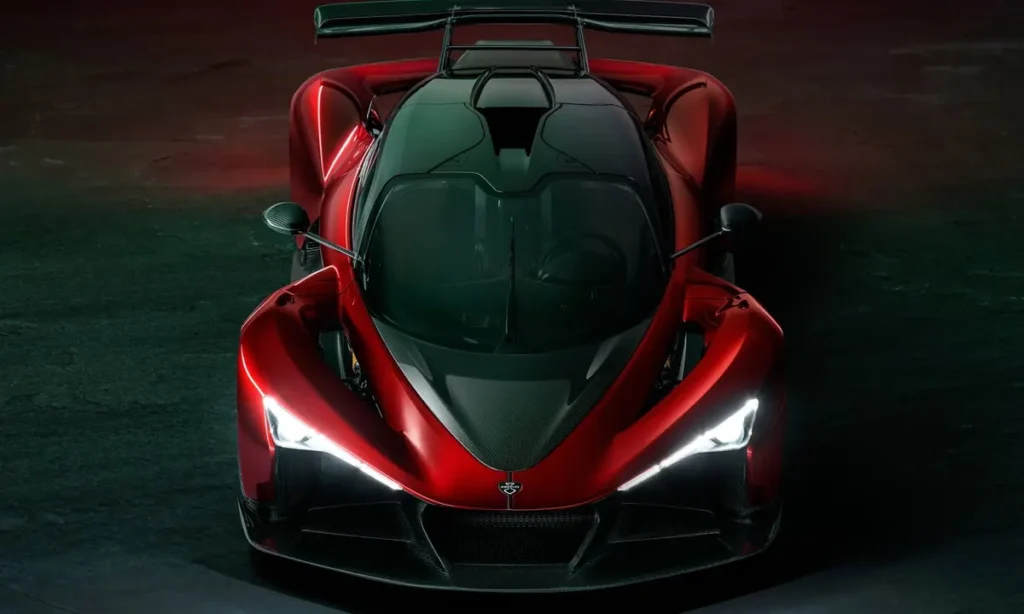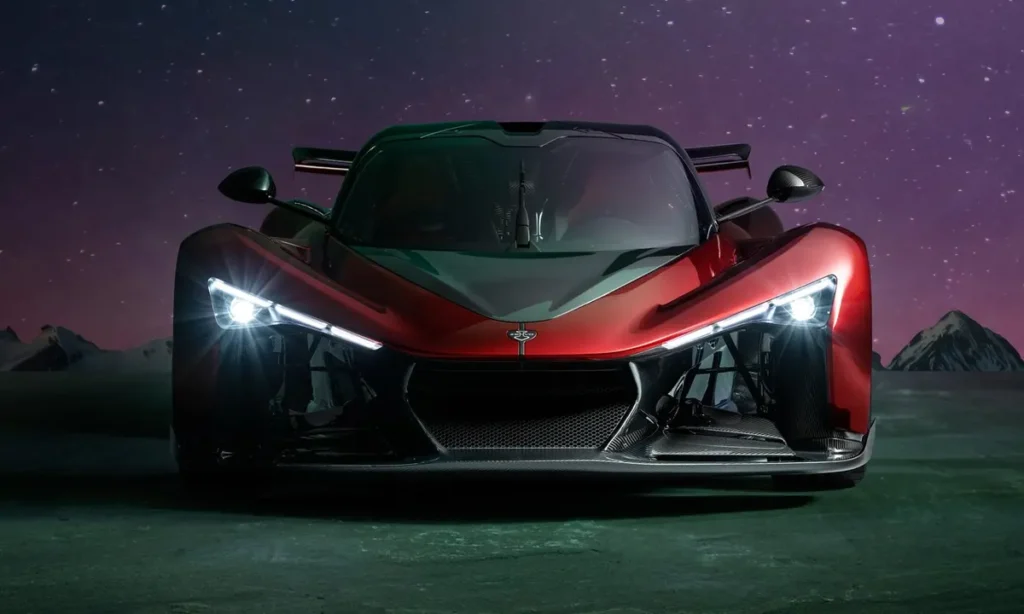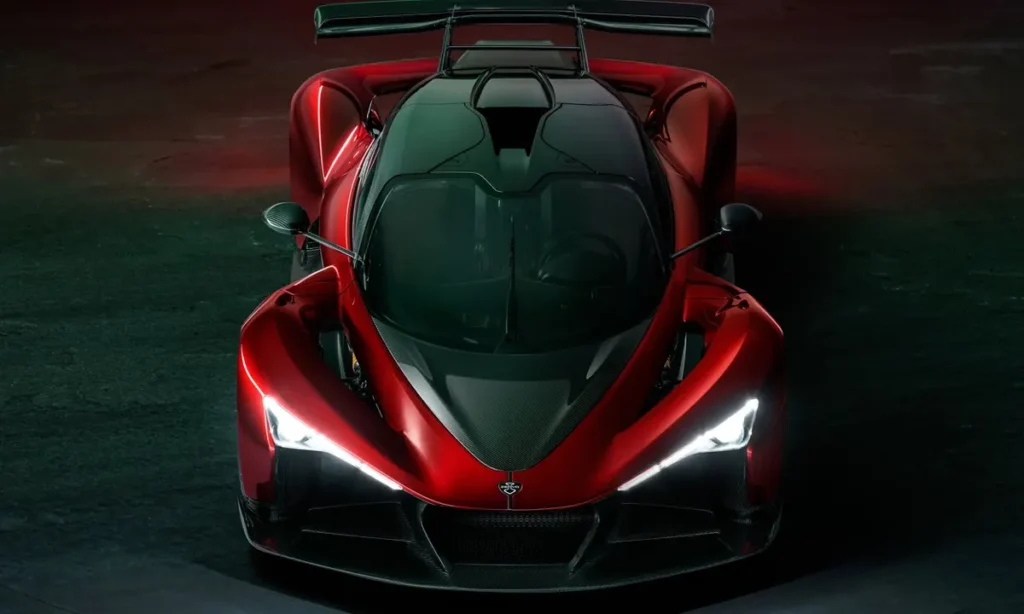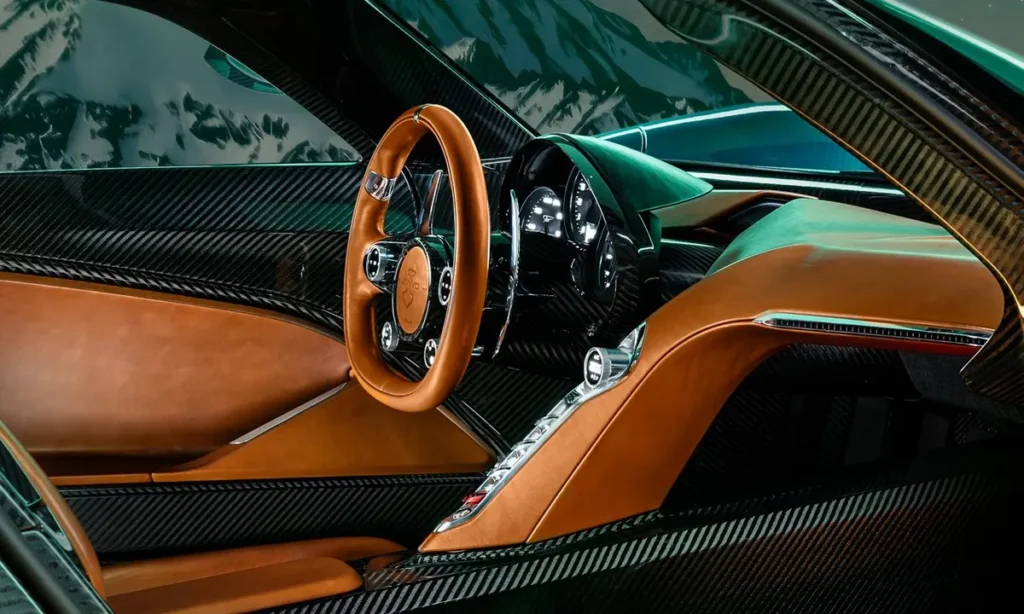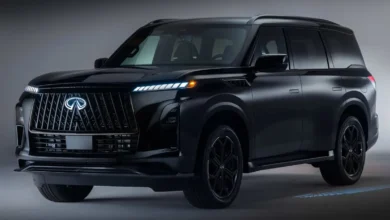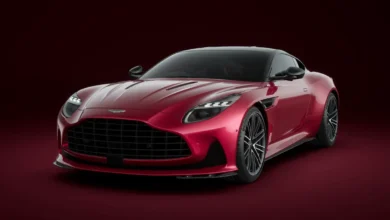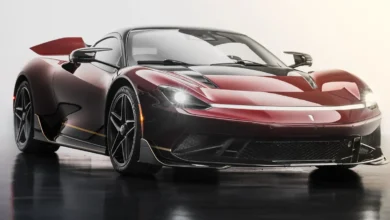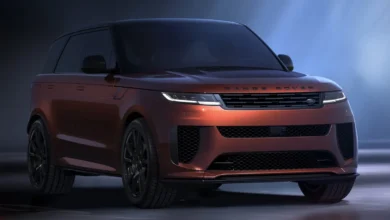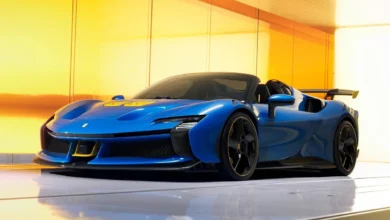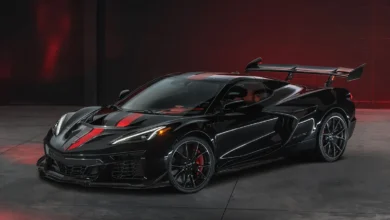Zenvo’s Bold Move: A Naturally Aspirated V10 Hypercar for Purists
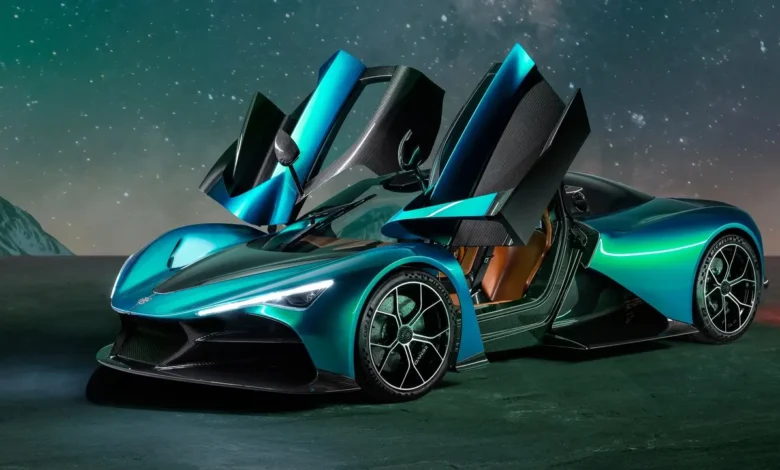
Zenvo Automotive, a Danish hypercar maker, is taking a daring and novel stand in a world where electrification and smaller turbocharged engines are becoming more and more prevalent. With the announcement of a smaller hypercar with a naturally aspirated V10 engine, Zenvo, a company known for creating special high-performance vehicles like the ST1 and the impending Aurora, is causing quite a stir in the automotive industry. This new vehicle, still in development, is being referred to as the “junior hypercar” — a more compact, visceral, and arguably purer driving experience designed to complement the upcoming flagship hybrid V12, the Zenvo Aurora.
Zenvo’s move is both surprising and strategic. It reflects a deep understanding of its core clientele while also reinforcing its identity as a niche automaker that dares to go against the grain. The emergence of this junior hypercar signals that Zenvo isn’t just aiming to build performance beasts; it wants to build mechanically engaging, emotionally resonant, and exclusive machines that cater to purists and collectors alike.
Slides: Zenvo Automotive
Reinventing Performance Without Turbos
Zenvo’s junior hypercar is powered by a naturally aspirated V10 engine. This is a rare and commendable choice in today’s automotive landscape, where forced induction and hybrid technologies are typically used to meet strict emissions regulations and boost output. The decision to go with a V10 without turbocharging harks back to a golden era of motorsport-inspired engineering — think of cars like the Lamborghini Gallardo or the Lexus LFA — where engine noise, throttle response, and mechanical connection trumped efficiency and tech overload.
Zenvo’s V10 is not just any engine. It’s derived from the same modular architecture as the quad-turbo 6.6-liter V12 developed for the Aurora hypercar. By changing the number of cylinders, Zenvo may build several engine configurations, such as V12, V10, and V8, while keeping the same internal geometry and construction principles thanks to this modular architecture. The V10 will feature no turbochargers and may operate without any hybrid assist, although some light electrification may be necessary to comply with evolving global emissions standards.
A “Junior” Hypercar with Supernatural Ambitions
Don’t be misled by the word “junior.” This V10 hypercar is anything but tame. With an expected output of around 800 horsepower, it aims to deliver blistering performance in a more compact, agile, and driver-focused package. Zenvo intends for this car to offer a purer driving experience than the tech-heavy Aurora, with a likely focus on reduced weight, linear power delivery, and sharper handling.
From a design standpoint, the vehicle is expected to draw cues from the Aurora, featuring a carbon fiber monocoque chassis, lightweight body panels, and an aerodynamic silhouette. The V10 will be mounted in a mid-engine configuration, ensuring optimal weight distribution and center of gravity for track-ready balance and poise.
According to Zenvo’s chairman, Jens Sverdrup, the company has no interest in building SUVs or four-seater super-tourers. Instead, it wants to preserve the essence of hypercars — raw, exhilarating, two-seat machines with outrageous performance and emotive engineering.
Exclusive, But Not Unattainable
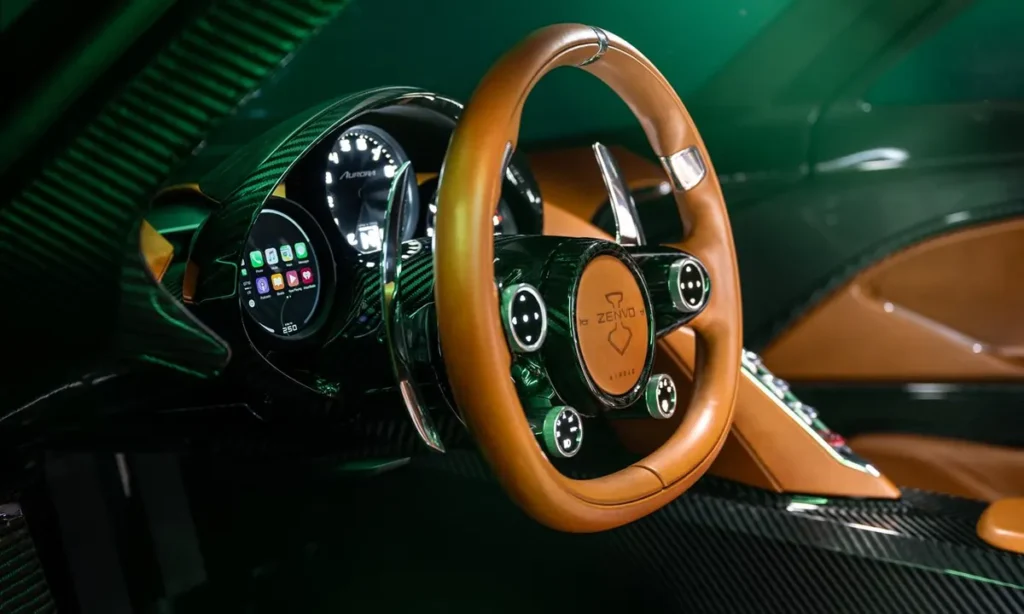
Zenvo has always produced its cars in extremely limited numbers, prioritizing craftsmanship and exclusivity over mass production. The upcoming junior hypercar will continue this tradition, with production likely capped at around 500 units — significantly more than the 100-unit limit of the Aurora but still rare enough to keep demand high among enthusiasts and collectors.
Pricing is expected to fall in the range of $1.8 million to $2.0 million, positioning the junior V10 below the Aurora, which is rumored to start at around $2.8 million. While still firmly in the realm of ultra-luxury, this price point makes the car more accessible to buyers looking for a high-revving exotic without stepping into the hybrid or EV territory.
The Powertrain Breakdown
To better understand the key differences between Zenvo’s upcoming hypercars, here is a comparative chart:
| Specification | Zenvo Aurora V12 Hybrid | Zenvo V10 Junior Hypercar |
| Engine Configuration | 6.6L Quad-Turbocharged V12 | Naturally Aspirated V10 |
| Hybrid System | Yes (Electric Assist) | Possibly Non-Hybrid |
| Estimated Power Output | Up to 1,850 hp (Hybrid) | Approx. 800 hp |
| Chassis | Carbon Fiber Monocoque | Carbon Fiber Monocoque |
| Production Volume | 100 units | Up to 500 units |
| Target Price Range | $2.8 million+ | $1.8 million – $2.0 million |
| Launch Timeline | 2026 | TBA (After Aurora) |
This comparison shows that while both cars share technical roots, they cater to distinctly different tastes — the Aurora offering maximum power and futuristic tech, and the V10 junior aiming for mechanical purity and emotional engagement.
Engineering a Future-Proof Legacy
One of Zenvo’s smartest decisions was building its powertrains with future-proof flexibility. The V12 and, consequently, the V10, are built from the bottom up to be emissions-compliant and modular. This means that even a naturally aspirated engine — often criticized for inefficiency — can be made to meet stringent regulations through careful engineering, variable valve timing, efficient combustion, and optional hybridization.
In a future where sound regulations, fuel restrictions, and electric mandates continue to close in, Zenvo’s engines stand out as mechanical odes to an era that’s slowly fading away. The V10, in particular, offers something intangible — the soundtrack of revs, the precision of throttle inputs, and the unmistakable connection between man and machine.
Read: Ford 3.5-Liter EcoBoost V6 Tuned by Radical: A 650 HP Engineering Marvel
Client-Centric Philosophy
Interestingly, Zenvo’s decision to build a naturally aspirated V10 wasn’t just driven by nostalgia or engineering ambition. It was also influenced by direct customer feedback. Many of Zenvo’s clients — ultra-wealthy, experienced drivers and collectors — specifically asked for a car that doesn’t rely on electrification or forced induction. They wanted a “screaming” engine, free of electric-only drive modes or silent starts, and a vehicle that communicates with its driver through sound, vibration, and unfiltered response.
This user-centric approach has earned Zenvo respect in the automotive world. While competitors rush to electrify their portfolios, Zenvo is doubling down on the fundamentals of driving, and doing so with meticulous attention to its clientele’s preferences.
The Road Ahead
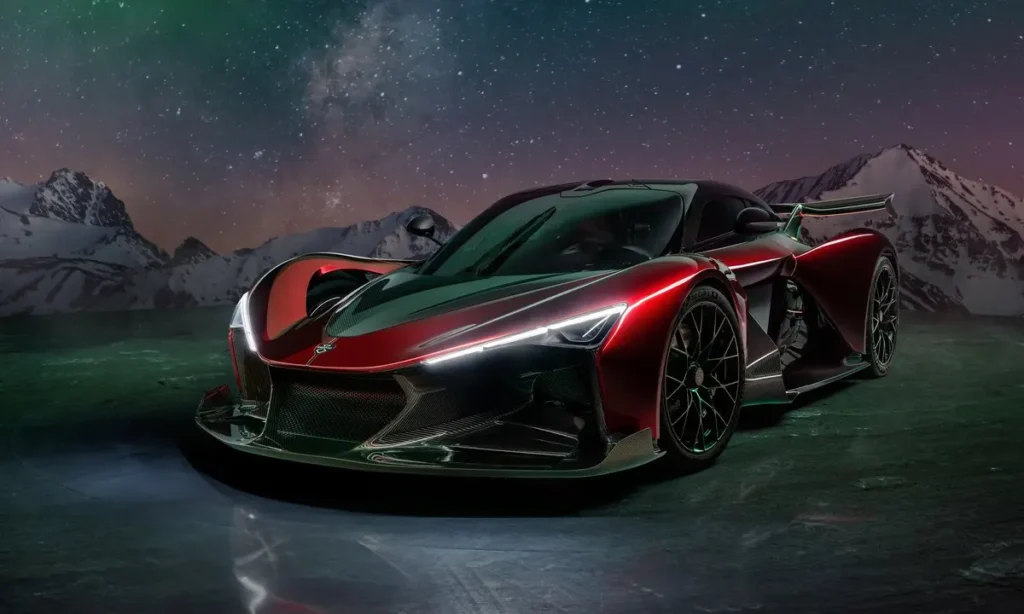
While a specific release date has not been announced, Zenvo is expected to focus first on delivering the Aurora in 2026 before introducing the junior hypercar. However, the announcement has already generated buzz across social media and automotive forums, with many enthusiasts calling it a potential spiritual successor to the analog supercars of the 2000s.
Given the limited production run, expected performance, and raw driving engagement, the V10 junior hypercar could become one of the most sought-after combustion-engine hypercars of the decade.
Frequently Asked Questions (FAQ)
Q1: What is Zenvo’s new junior hypercar?
A: Zenvo’s next smaller hypercar, which will have a naturally aspirated V10 engine, is aimed at purist drivers who like mechanical engagement and high revving performance.
Q2: Will the junior hypercar be hybrid?
A: It is primarily being designed as a non-hybrid naturally aspirated model. However, light hybridization may be added if emissions regulations require it.
Q3: How much horsepower will it have?
A: The V10 is expected to produce around 800 horsepower, delivering an exhilarating driving experience.
Q4: How many units will be produced?
A: Zenvo plans to produce up to 500 units of the junior hypercar, making it more accessible than the ultra-limited Aurora.
Q5: When will it be launched?
A: No official date has been announced, but it will likely follow the launch of the Aurora in 2026.
Q6: What is the expected price?
A: Pricing is expected to fall between $1.8 million and $2.0 million, depending on customization and options.

